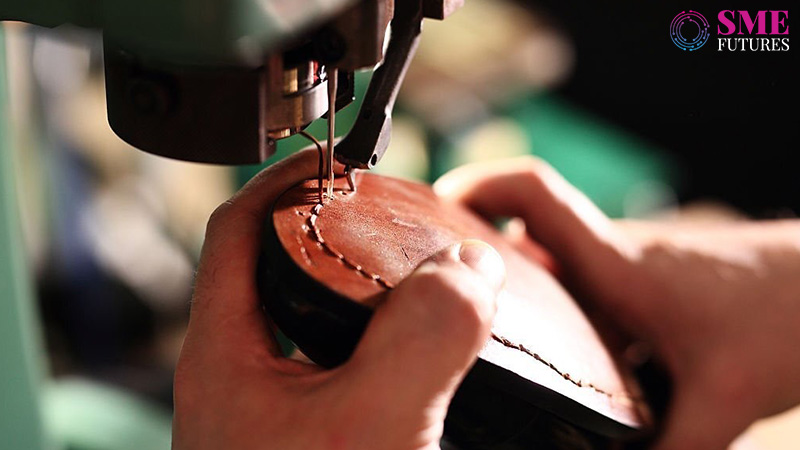The ‘China Plus One’ supply chain diversification strategy triggered by the global Covid-19 pandemic is creating opportunities for Indian players.
Besides, the changing role of China’s manufacturing sector in the global export value chain is leading to the creation of growth opportunities for Indian companies.
“China’s strategic change towards manufacturing of high-value goods from low-value goods is evident in both inter-sector such as a shift to capital goods from footwear, and intra-sector such as a shift to man-made fibres from home textiles or cotton apparels, and in the pharmaceutical sector, to formulations from active pharmaceutical ingredients (APIs),” said India Ratings and Research.
“These opportunities as well as other factors such as increased self-reliance, increased domestic and global demand would be the key drivers for increased capex requirements in some of these sectors.”
Till recently, China was a world leader in several sectors such as home textiles and cotton apparel, but with the changing dynamics of the world supply chain, there is a considerable shift in its production strategy.
“Unlike India or Pakistan, China does not have enough supply of cotton yarn, discouraging some of their local giants to invest further in this space. This scarcity however has led to Chinese manufacturers’ increased interest in man-made fibres.”
“In India, this opportunity could lead to additional demand and consequently additional capex to the tune of Rs 120 billion over the next 10 years.”
Similarly, Chinese majors are moving away from APIs to formulations gradually.
“This again opens up a huge opportunity of import substitution for Indian players. Supply chain issues related to China during Covid-19 also gave this sector some impetus with the government making supportive gestures.”
Furthermore, India is expected to concurrently move in both directions – APIs and complex drugs – to keep itself self-reliant.
Additionally, a new world of opportunities has opened up for India’s footwear sector and few South Asian players as Chinese competitors have lost traction and started focusing elsewhere, driven by both low-value addition and wage pressures.”India has a very fragmented footwear market; but given the increasing global footprint, this can change fairly quickly, and a few scaled-up players can gain market share.”
In addition, the China, Plus One strategy is creating some order book growth for India’s capital goods sector.











